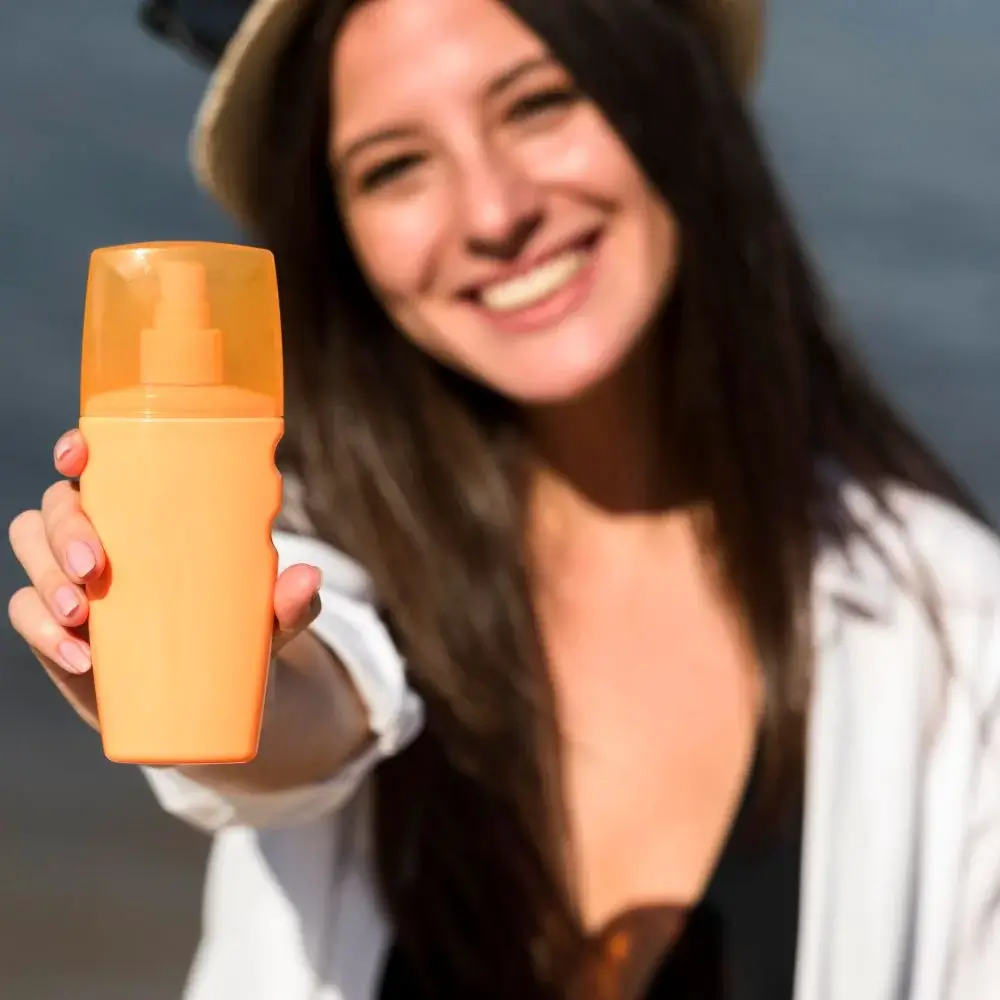Are you confused about the right level of SPF you should look for in a primer? You are not alone. With so many products in the market, it can be tough to determine which is the best for your skin. However, if you want to protect your skin from the damaging effects of the sun, it is crucial to learn how to choose the right SPF level in your primer. In this blog, we’ll discuss what you need to know about SPF levels in primers to make an informed decision when shopping for beauty products.
What is SPF in Primers?
SPF stands for Sun Protection Factor, which measures how much protection your skin gets from the sun's harmful ultraviolet (UV) rays. Primers with SPF are designed to protect your skin from the sun while acting as a base layer for your makeup. They can help prevent premature aging, sunburns, and the development of skin cancer. An SPF of 30 is the minimum dermatologists recommend, as it can block 97% of UVB rays. Anything above 50 provides negligible benefits and creates a false sense of security.
Understand What Your Skin Needs
The SPF level you need in your primer depends on several factors, including your skin type, the intensity of sunlight, and your skin's sensitivity to damage. As a rule of thumb, choose a primer with SPF 30 or higher, especially if you have fair skin, spend a lot of time outside, or have a history of skin cancer in your family. If you have oily skin, look for a matte primer with SPF to avoid clogging your pores. On the other hand, if you have dry skin, choose a primer with a hydrating formula that will work to keep your skin moisturized throughout the day.
Know When to Reapply
It’s important to remember that SPF only lasts a few hours and must be reapplied periodically throughout the day. If you spend much time in the sun or are in direct sunlight, you may need to reapply your primer every two hours. You should also reapply it after swimming, sweating, or toweling off. Dermatologists suggest using an SPF spray if you have makeup on since it’s more convenient to apply it instead of reapplying makeup.
Check the Ingredients
Read the ingredients list when looking for a primer with SPF. Zinc oxide and titanium dioxide provide physical protection, creating a barrier between your skin and UV rays. On the other hand, chemical sunscreens, such as oxybenzone and avobenzone, work by absorbing the UV rays. Choosing the suitable primer with the right ingredients will protect your skin and enhance your makeup's application and longevity.
Choosing the right level of SPF in your primer is crucial for protecting your skin from harmful UV rays. Consider your skin type, the intensity of sunlight, and your skin's sensitivity when shopping for a primer with SPF. Constantly reapply your primer every two hours and read the ingredients list to ensure you are getting adequate sun protection. By following these tips, you can enjoy a healthy, radiant, and protected complexion daily. Don't wait until it’s too late! Get the right level of SPF in your primer and save your skin from sun damage.
As beauty lovers, we all know the importance of finding the best primer with SPF to achieve a flawless makeup look and protect our skin from the sun's harmful rays. Luckily, we have researched for you and have found the best primer with SPF currently available on the market. By clicking on the link, you will be able to discover your next favorite beauty must-have, backed by the expertise of beauty editors. Say goodbye to the struggle of finding the perfect primer and say hello to radiant, protected skin.
What are the key ingredients to look for in a primer with SPF?
When selecting a primer with SPF, it is crucial to consider the key ingredients that provide adequate sun protection. Look for ingredients like zinc oxide and titanium dioxide, physical sunscreens that create a barrier on the skin's surface, reflecting and scattering harmful UV rays. Further, consider a primer containing antioxidants like vitamin E or green tea extract to protect against free radicals. These ingredients help to nourish and shield the skin from environmental damage, ensuring comprehensive sun protection and a smooth base for your makeup application.

What is the difference between chemical and physical SPF in primers?
The main distinction between chemical and physical SPF lies in their sun protection mechanisms. Chemical sunscreens absorb UV rays and convert them into heat, while physical sunscreens create a physical barrier on the skin that reflects and scatters UV rays. In primers, chemical SPF ingredients like avobenzone or octinoxate offer a lightweight feel and blend seamlessly into the skin. Physical SPF ingredients such as zinc oxide or titanium dioxide provide immediate protection and are suitable for sensitive skin types.

What should I consider before choosing a primer with SPF?
Before selecting a primer with SPF, several factors should be taken into account:
- Consider your skin type and specific concerns, such as oiliness or dryness. Look for a primer with SPF that caters to your skin's needs, whether oil-controlling, hydrating, or mattifying. (find the Best Tanning Oil here!)
- Assess the coverage and finish what you desire. Some primers offer a tinted or blurring effect, while others have a transparent finish.
- Check the SPF rating to ensure adequate sun protection.
Higher SPF values provide more protection against UVB rays. Carefully considering these factors will help you choose the suitable primer with SPF for your needs.

How can I determine the right shade of a primer with SPF for my skin tone?
To find the perfect shade of primer with SPF for your skin tone, it's essential to consider your undertones. If you have warm undertones, look for primers with yellow or golden undertones. For cool undertones, opt for primers with pink or neutral undertones. If you have a deeper skin tone, choose a primer specifically formulated for darker skin tones to avoid any white cast. Besides, you can consult with makeup professional or review samples on your jawline to find the shade that seamlessly blends into your skin, providing a natural and even base for your makeup.

How should I store a primer with SPF to maintain its effectiveness?
Proper storage is crucial to ensure the longevity and effectiveness of your primer with SPF. Ideally, store your primer in a cool and dry place, away from direct sunlight and high temperatures. Exposing the product to extreme heat or sunlight can degrade the SPF ingredients and reduce their efficacy. Besides, make sure to tightly close the container after each use to prevent air and moisture from entering.
Should I use a primer with SPF if I have dark skin?
Absolutely! Dark skin needs sun protection just as much as any other skin tone. While some may mistakenly believe that dark skin is naturally protected from the sun, it is still susceptible to UV damage, premature aging, and hyperpigmentation. When choosing a primer with SPF, look for options specifically formulated for dark skin tones to avoid ashy or white residue. Tinted primers can also provide other benefits by evening out the skin tone and providing a natural-looking base.







